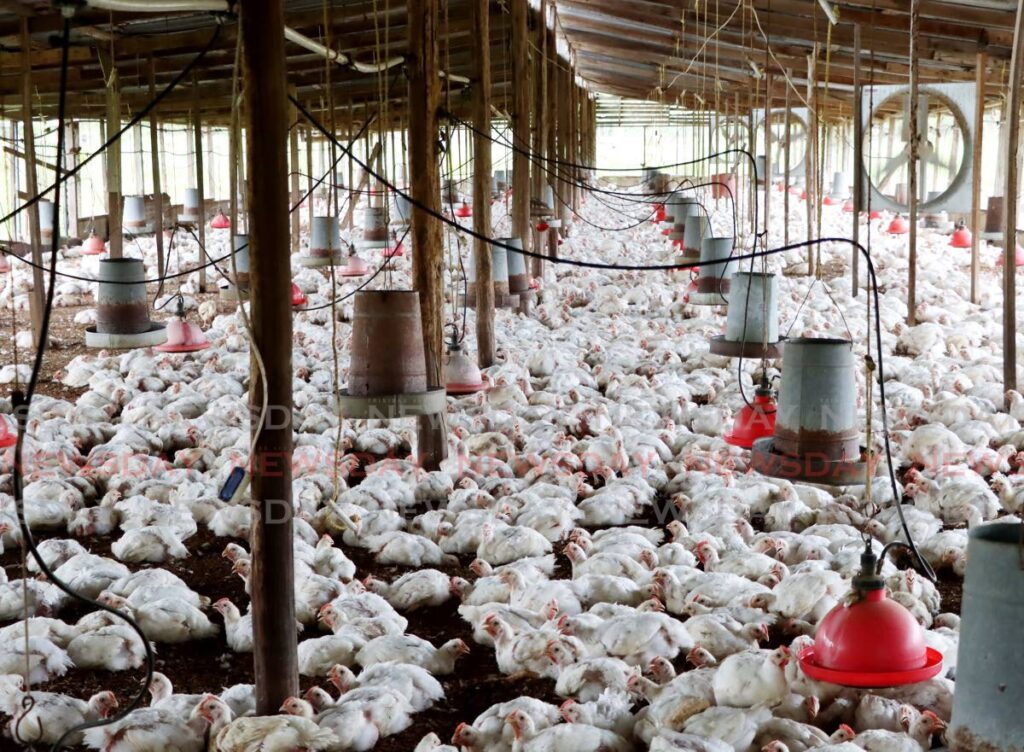Not a time to chicken out

Chicken is such a staple of the Trinidad and Tobago diet that it's not surprising that problems with production would be a front-burner issue for stakeholders and government.
Chicken production is one area in which this country has consistently come close to agricultural self-sufficiency, with local production contributing three-quarters of the consumption of one million chickens each week.
Despite that, the business is frequently rocked by institutional problems.
Poultry farmers are being described by Sudesh Ramkissoon, president of the Broiler Growers Association, as "trapped," caught between the debts incurred in creating and running their farms and the slow return on their investment with contracted farmers chafing under a 90-day payment regimen.
Mr Ramkissoon believes second and third-generation farmers see no future in the field, particularly in the face of moves by chicken processors to create their own competing farms.
Running a chicken farm demands no chicken-feed operation. Traditional pens are estimated to run between $300,000 and $400,000, while modern tunnel-ventilated pens cost up to $2 million.
In some ways, the local chicken industry is a victim of its own success. Locally raised birds are preferred for even the simplest meals, and every cook seems to have developed a sense for an acceptable quality of chicken meat that keeps the industry on its toes.
For even small-scale farmers, that means using quality feeds and having access to running water, because truck-borne supplies are inadequate for raising chickens to meet factory and market demands.
If the industry is drifting to factory farms and consolidation of the industry, it would be sensible to think through the consequences of those changes beyond economies of scale.
And big producers are big. Arawak and Company, for instance, has been in the business for more than 25 years and produces more than 19 million birds for consumption annually, while employing more than 12,000 people.
In 2022, Nutrimix opened a hatchery that cost the company $60 million to increase the efficiency of bringing hundreds of thousands of eggs to chicks for their contract farmers,
But should factory farms be encouraged to grow even larger than they are today?
Despite the Agriculture Minister's assertion in May that local chickens enjoy "VIP treatment," the reality is that factory farming keeps animals destined for slaughter in unnatural conditions that can increase the risk of infection. Factory chickens live for just six weeks, a fraction of their natural lifespan.
Pitting small poultry farmers against the industrial rearing of chickens will always lead to staggering imbalances that weigh heavily against the bottom line of mom-and-pop entrepreneurs and stifle opportunities for niche farming such as free-range chicken production.
These are not easy problems to solve, but new models of agriculture must be explored to improve the viability of small and medium-sized farming operations.
Raising Trinidad and Tobago's favourite protein source shouldn't only be the work of conglomerate-scale producers.

Comments
"Not a time to chicken out"